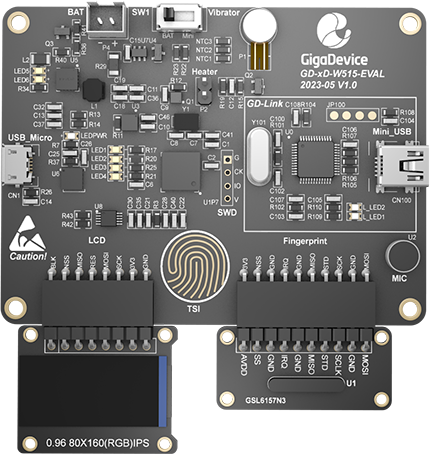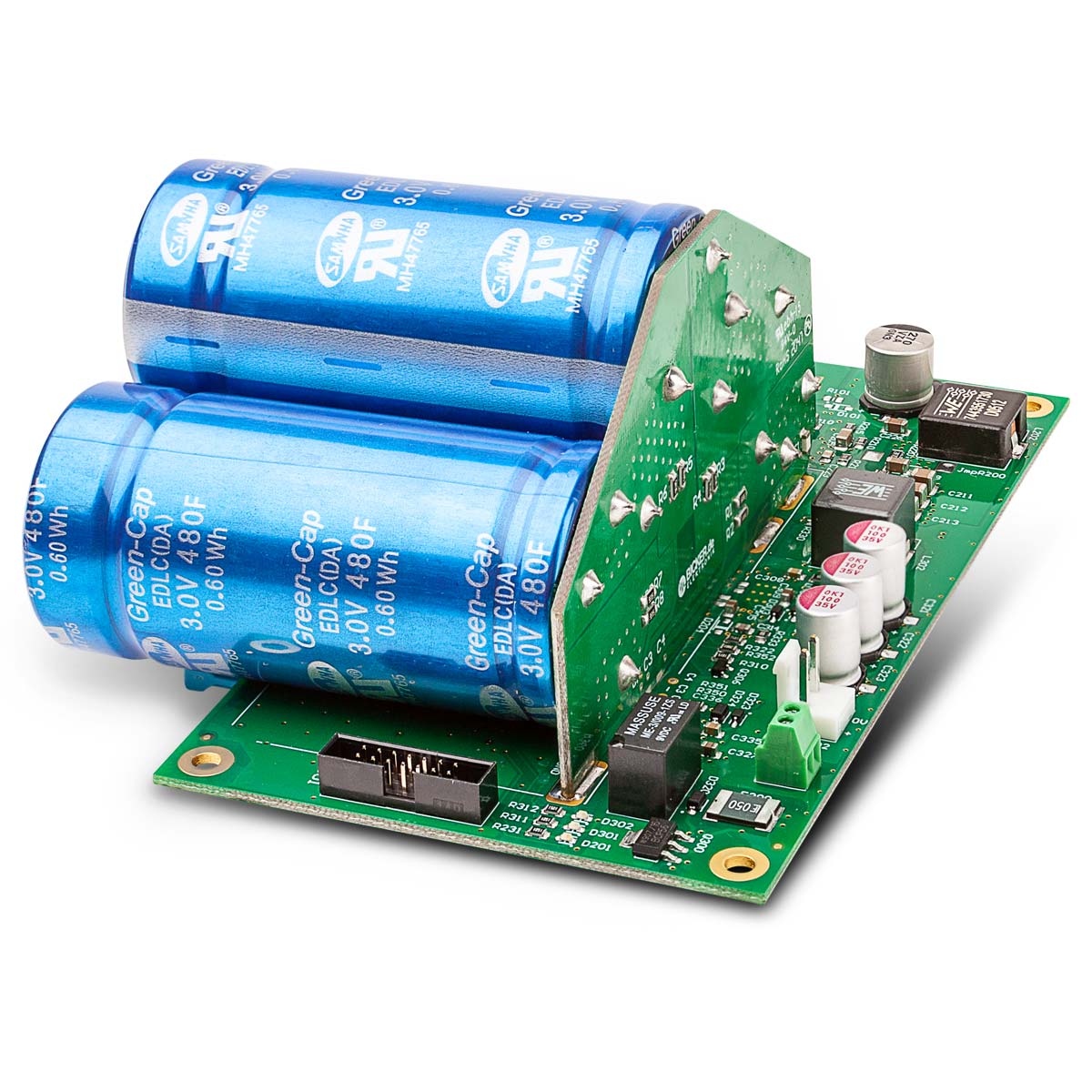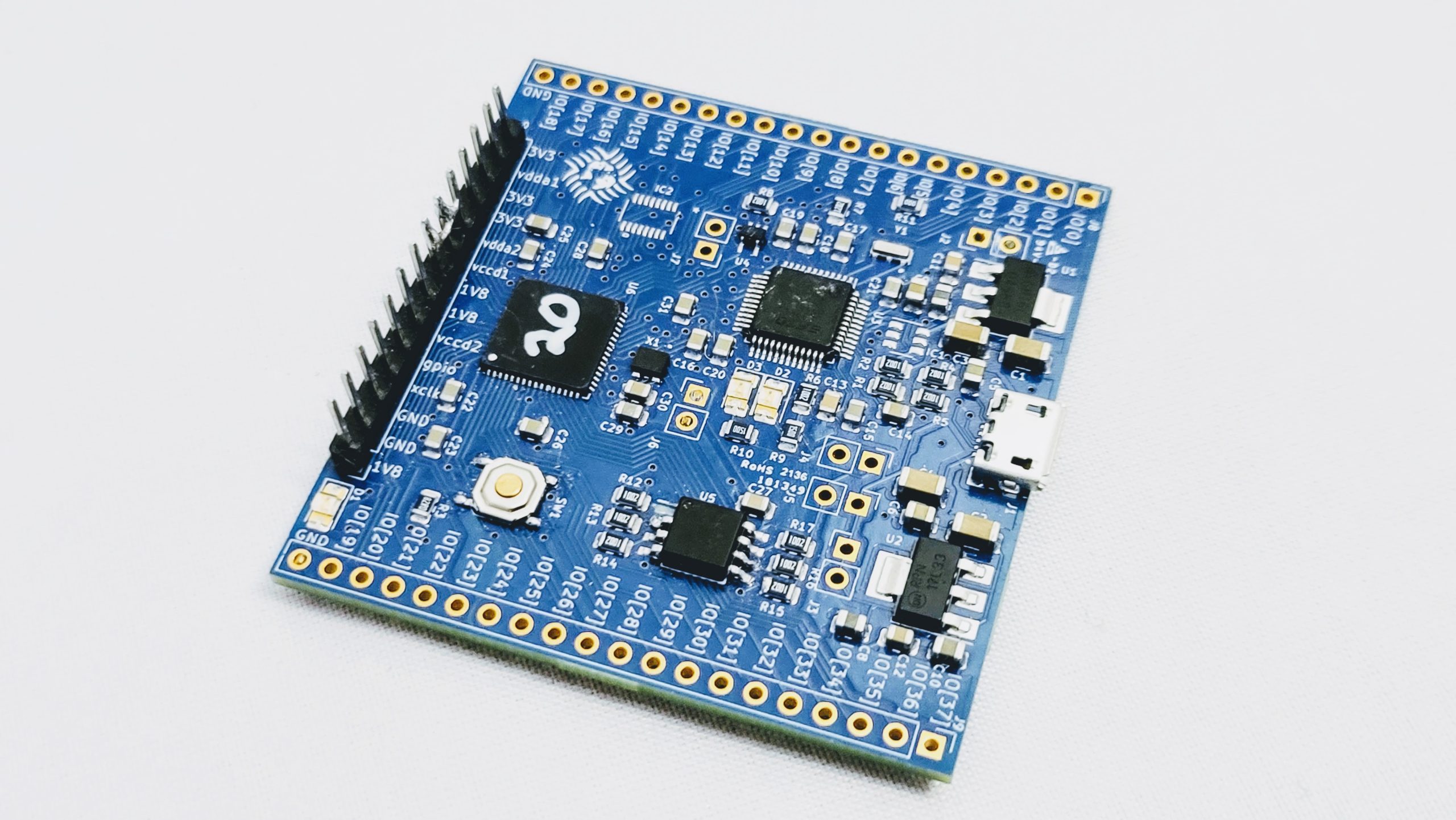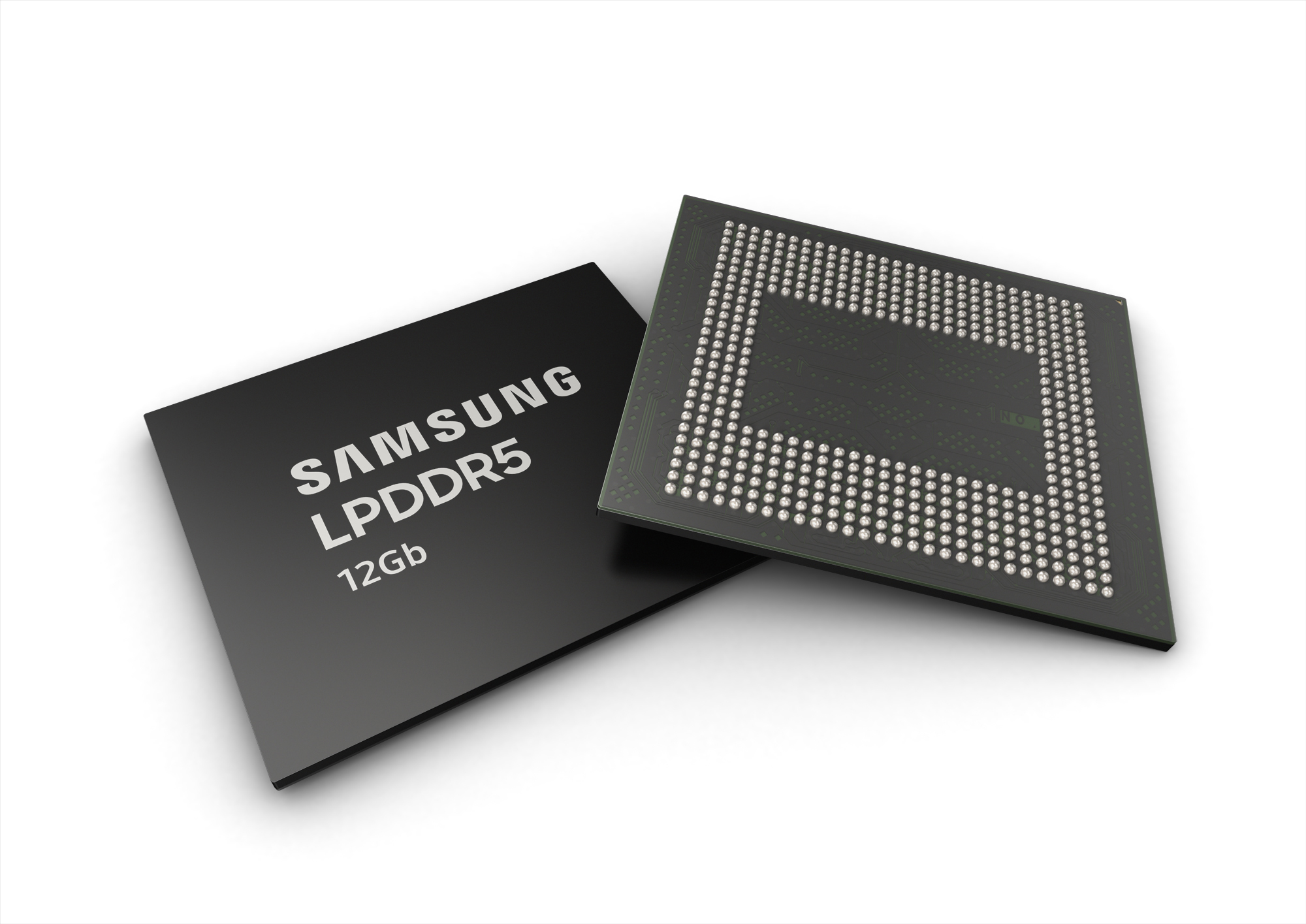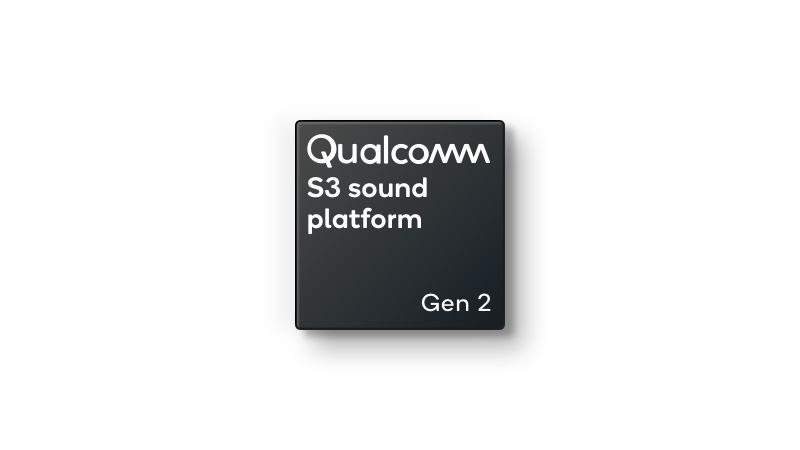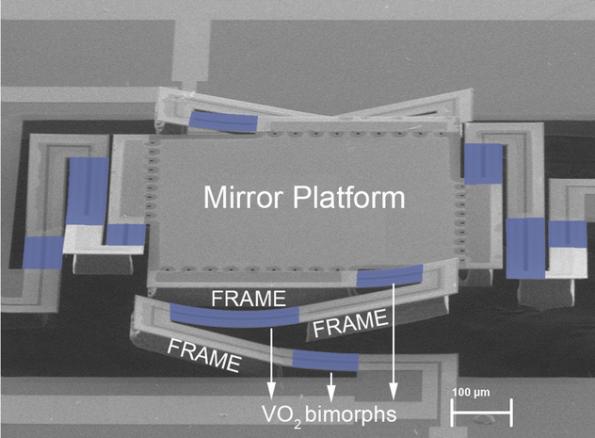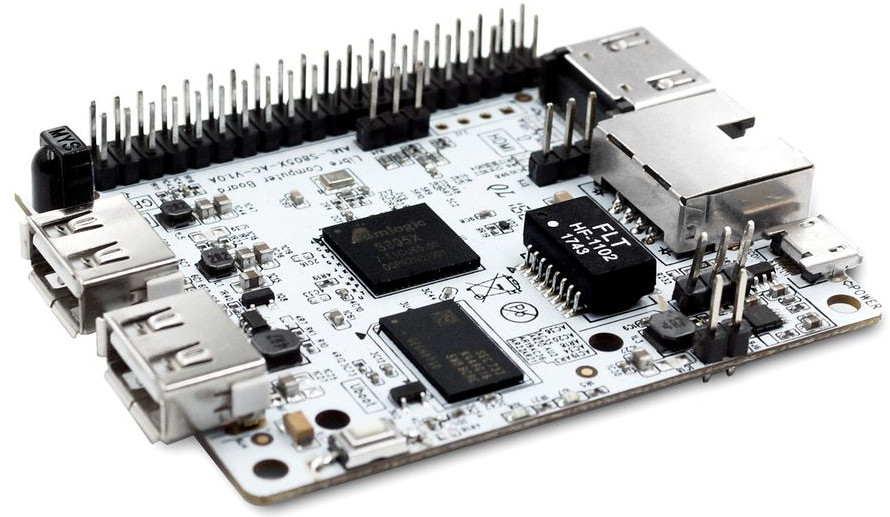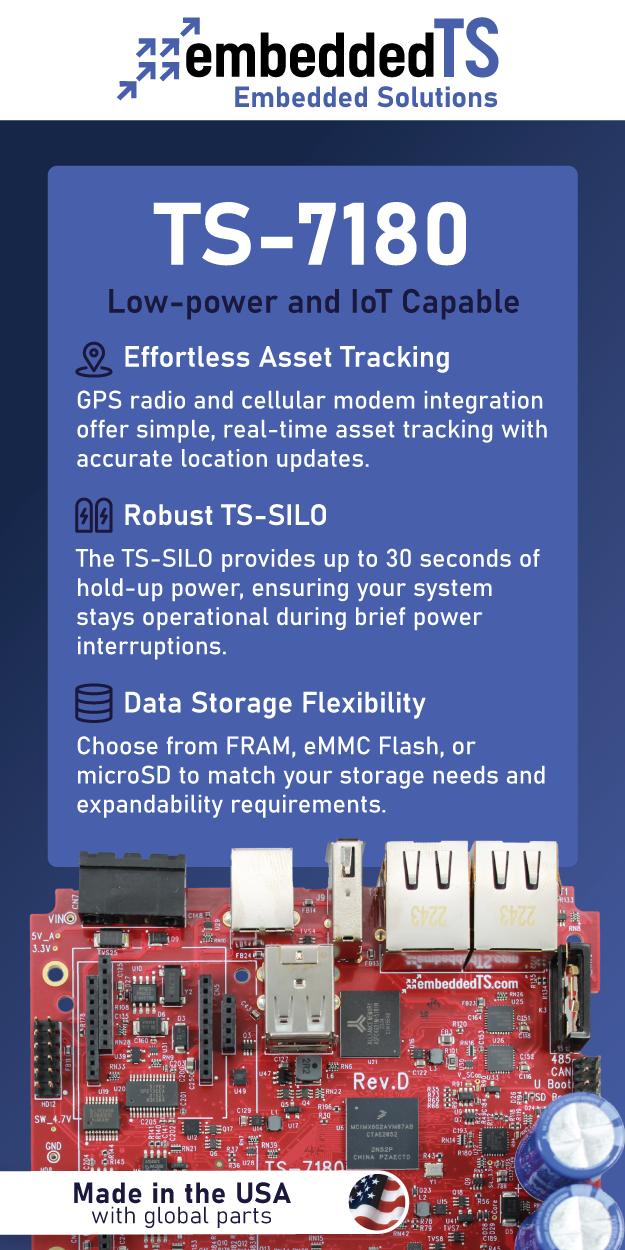GigaDevice Releases GD32W515 Arm Cortex-M33 Based Development Board with Integrated Sensors and Display

GigaDevice introduces the GD32W515 Development Board, an all-in-one development platform centered around the GD32W515PIQ6 Arm Cortex-M33 microcontroller. The board features integrated storage, sensors, and connectivity options, designed for comprehensive hardware and software evaluation.
The board features GigaDevice’s GD32W515PIQ6 microcontroller with an Arm Cortex-M33 core, 448kB of SRAM, 2MB of flash memory, and 43 GPIO pins, though these aren’t accessible for external use. It includes a GD25Q128E SPI NOR flash for an additional 16MB of storage, a built-in microphone, and a vibrator but lacks a speaker. It offers two expansion headers for a 0.96″ IPS LCD display and a GSL6157 sensor-based fingerprint scanner, plus a decorative capacitive switch styled as a fingerprint on the board.
The GD32W515 Development Board Specification:
- MCU: GD32W515PIQ6 from GigaDevice, featuring an Arm Cortex-M33 core at up to 180 MHz with Arm TrustZone
- Memory: 448KB SRAM
- On-board Storage: 2MB flash
- External Storage: 128Mbit SPI NOR Flash (GD25Q128E)
- Connectivity: Wi-Fi 4 (802.11b/g/n) at 2.4 GHz (not utilized on the board)
- I/O Capabilities: Up to 43 GPIOs, 3 USART, 2 I2C, 2 SPI, USB 2.0 Full Speed, I2S
- Package: QFN56
- Display Interface: 0.96-inch color IPS display with 160×80 resolution
- Audio Features: Built-in microphone
- Sensors:
- GSL6157 capacitive fingerprint sensor
- Temperature sensor
- Programming/Debugging Tools:
- GD-Link debugger (JTAG/SWD) using a mini USB port
- Serial console over the micro USB port with CH340E serial chip
- Miscellaneous: Vibrator, battery charging LEDs, 4 user LEDs, capacitive touch key linked to the MCU’s TSI interface
- Power Supply Options:
- 5V via mini USB
- LiPo battery connector with charging management (up to 1.5A) using GD30BC2416
- Power selection switch for battery or USB
The GD32W515 evaluation kit fully utilizes its I/Os for built-in functions, ideal for smart home interfaces, door locks, and portable devices. It supports development with Arm Keil v5.29 IDE and firmware flashing via the “GD32AllInOneProgrammer” through GD-Link. Access to the user guide and project folder requires company approval, which may take a few days.
At the time of writing the company didn’t provide any price tag for this but you can get one for free by requesting one on the product page.





